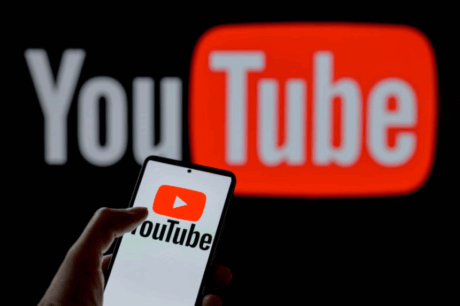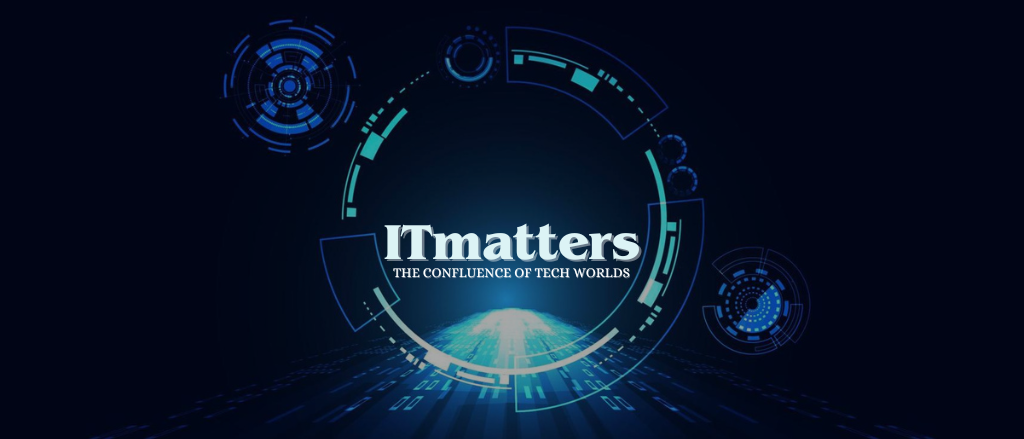
Meet YouTube’s Latest Likeness-Detection Tech
YouTube has officially rolled out its likeness-detection technology for creators in the YouTube Partner Program. The new tool helps creators detect and remove AI-generated videos that imitate their face or voice without permission.
As deepfakes become more realistic, this move shows YouTube’s effort to protect creators from misuse and false representation. Moreover, it highlights how AI tools can also safeguard digital identities, not just create content.
A tool built for protection
The technology works by identifying videos that appear to use a creator’s face or voice artificially. After detection, creators can quickly request removal under YouTube’s privacy policy or file a copyright claim if needed.
Additionally, creators can archive flagged videos or opt out of the feature whenever they choose. Once they do, YouTube stops scanning within 24 hours, giving full control back to the creator.
How creators can set it up
Getting started is simple. Creators must open the new “Likeness” tab in YouTube Studio and consent to data processing. Then, by scanning a QR code, they begin the identity verification process.
The process involves submitting a photo ID and a short selfie video for confirmation. Once verified, creators gain access to a dashboard showing all detected videos that may feature their likeness. This step ensures that creators always know how their image or voice is being used.
Why this matters now
AI misuse has rapidly increased across digital platforms. For instance, YouTuber Jeff Geerling’s cloned voice was used to promote products he never endorsed. Such incidents show how easily AI can mislead audiences and damage reputations.
By introducing likeness-detection, YouTube aims to make it harder for fake content to circulate. Consequently, creators can focus on making authentic videos instead of worrying about impersonation.
Part of a wider effort
YouTube began testing this technology earlier in 2025. It partnered with the Creative Artists Agency (CAA) to help public figures monitor AI-generated content featuring their likeness.
At the same time, YouTube expressed support for the proposed NO FAKES Act, which aims to outlaw the deceptive use of AI-generated replicas of real people. Together, these steps form part of YouTube’s ongoing mission to build a safer and more transparent creator ecosystem.
Keeping authenticity intact
With this rollout, YouTube reinforces its stance on authenticity. The new technology empowers creators to maintain ownership of their image and voice.
As AI becomes part of everyday creativity, tools like these ensure that innovation does not come at the cost of identity. In the long run, YouTube’s likeness-detection technology could become a model for how online platforms balance progress and protection.
